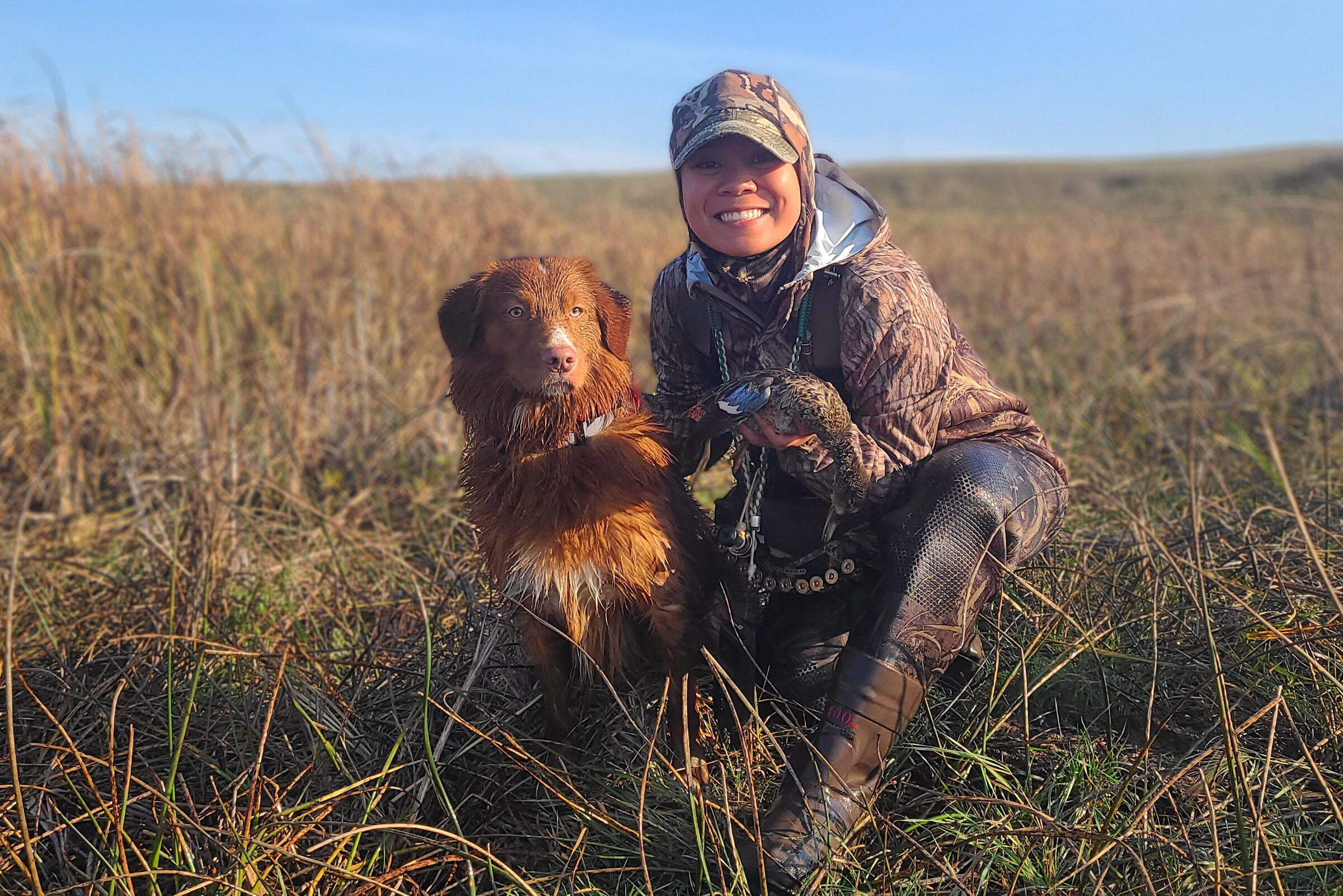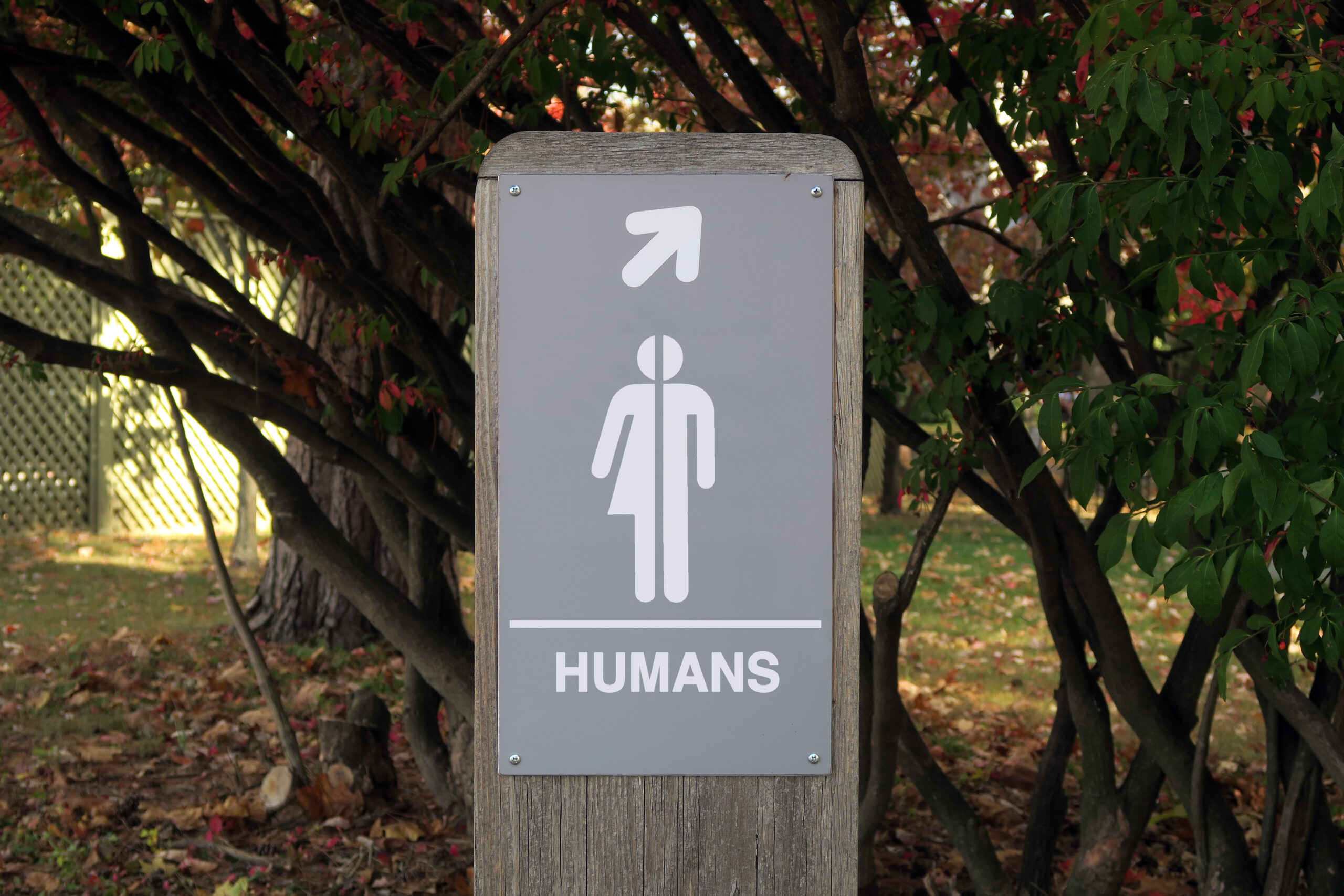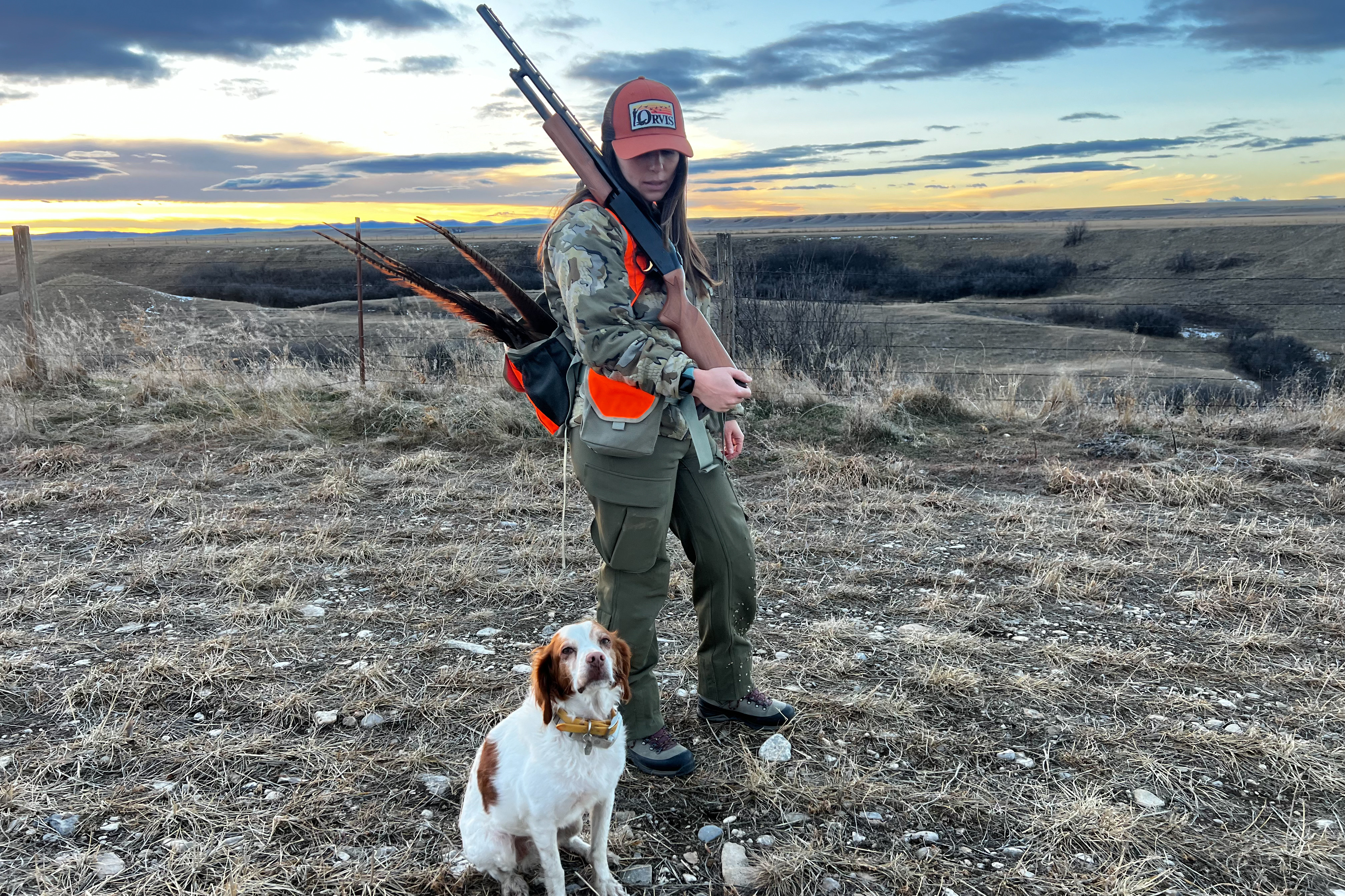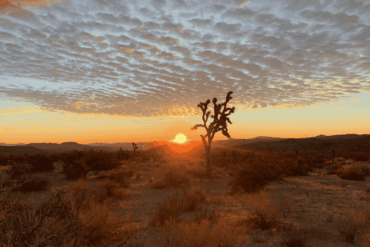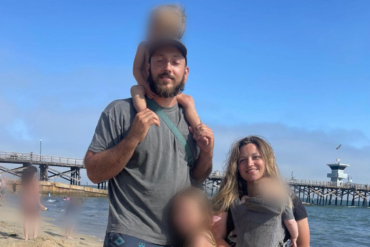In a report on global trends for athletes in 2023, Strava found that globally, women “were 9% more likely than men to cite a lack of safe places to exercise.” But in the U.S.? That statistic jumps up to 70% — 70% of women surveyed in the report don’t feel like they have a safe space outside.
The outdoors industry continues to innovate safe spaces for women — like Weston providing free gear demos for women, various orgs sponsoring women-only AIARE or whitewater courses, and active groups like Women Who Hike, ILLA, Girls, Gears and Beers, and so many more. But, these efforts will continue to fall short if we do not consider women’s perceived threats from men.
You already know the outdoors is full of icky stuff like dirt, sweat, and sometimes blood, and now it is time to look at the icky stuff in our communities. Danger, threats, concerns — what makes an outdoor (or any space) safe? By giving attention to diverse experiences and untangling misconceptions about what women believe to be safe, we can dig deeper into what limits women’s participation in our outdoor communities.
And hopefully, in doing so, we can decrease or remove that barrier that so many women encounter. Because at the end of the day, we all deserve to be outside.
About Me
Born and raised in coastal Connecticut, I am a Filipina-American woman currently living and adventuring around the upper Midwest. I am a conservationist by profession and a social scientist by training, enabling me to apply psychology to understand how individual emotions, beliefs, and behaviors relate to the communities we see — and want to co-create — in the outdoors.
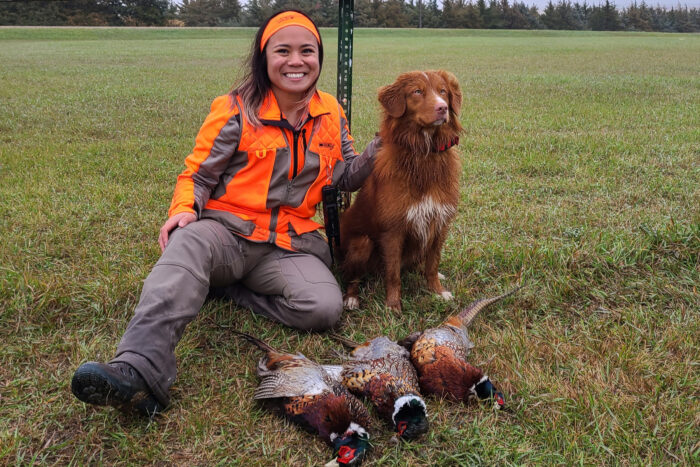
Since 2016, I have collaborated with federal, state, local, and tribal governments to prioritize safe outdoor spaces. Five years ago, I began my yoga teaching journey, and I am regularly humbled to lead students through mindfulness and movement. Then, inspired by the courage of other women, I co-founded a women-only outdoors adventure group in North Dakota that offers free opportunities for women to connect with like-minded women through hiking, kayaking, archery, and other adventures.
The group grew like a weed to over 3,300 women in only a year and a half, emphasizing the need for safe spaces for women to explore. There was a need for the space, so I made one. But then what?
Understanding Perceived Threats
Understanding women’s perceived threats from men will help you and fellow adventurers have a good time — and if you are a woman, understanding such threats helps validate that you are not alone. Perceived threats are events that may be dangerous, are not imminent, and yet your body knows them just the same.
Imagine when someone surprises you from around the corner, or walks up behind you on trail, and your heart stops. That’s your body recognizing a perceived threat. Perceived threats prompt a sense of anxiety that puts your body on alert. And being on alert can suck the fun out of any adventure.
Outdoor Hazards … and Others
We often discuss environmental risks like hazardous weather like thunderstorms or site-specific dangers like animals, avalanche risks, and falling rocks. But, how often do you consider the what-ifs running through a woman’s mind when she decides whether a location, space, or adventure is for her?
- What if a man assumes I need help just because I’m alone?
- What if he makes comments about my body, or nonconstructive comments about my skills? Or both?
- What if I can’t outrun a man attempting to assault me?
- What if a man harasses me and other men stay silent?
- What if my guide or someone in a leadership position is aggressive, offensive, or isn’t being inclusive?
- If something happens to me (running, camping alone, etc.), how will that inform all future experiences?
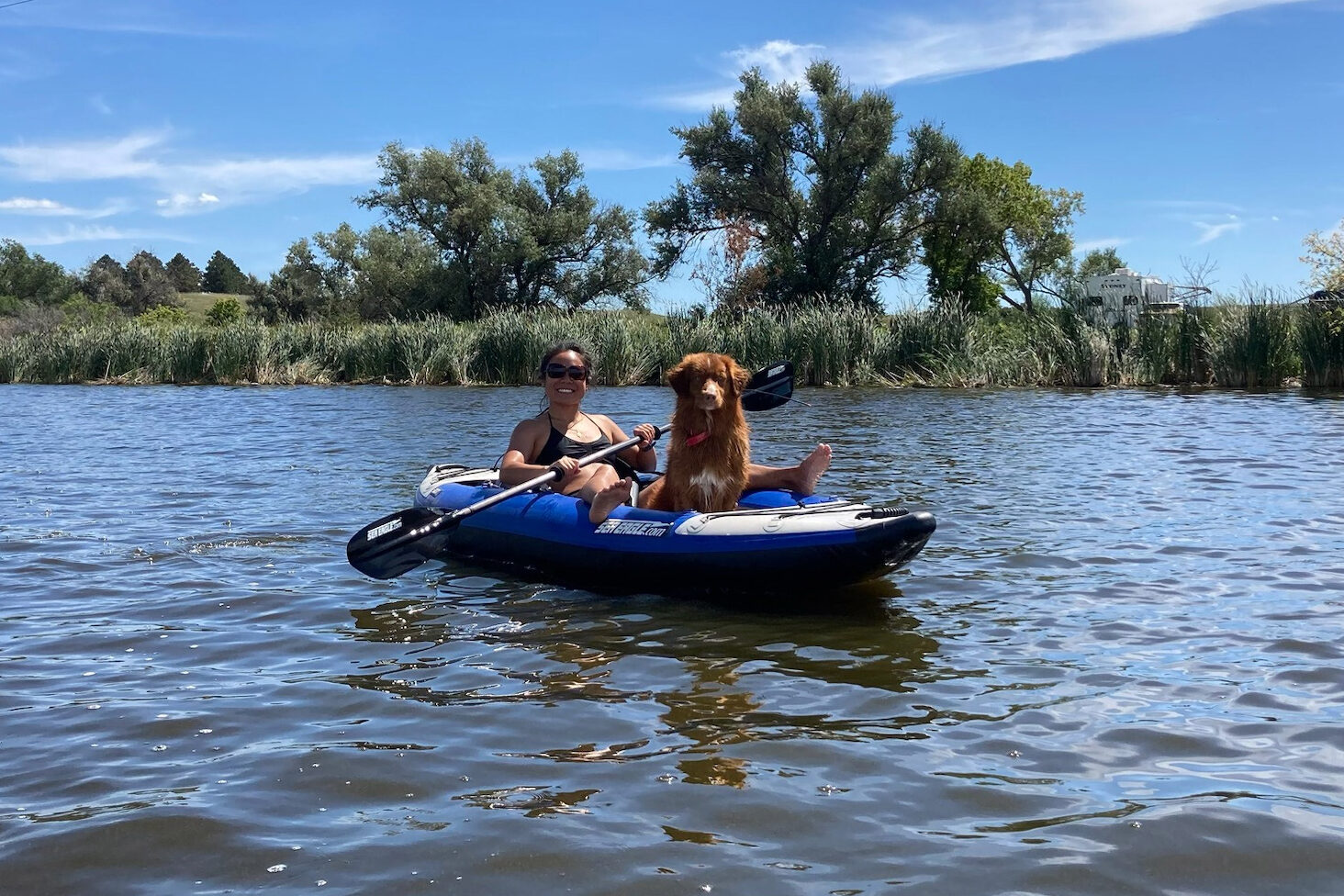
There are different interpretations of what a woman considers “safe” in a space. In the outdoors, that space is typically one with men, or the possibility of them.
For myself, I am a survivor of sexual assault. According to the Rape, Abuse & Incest National Network (RAINN), the nation’s largest anti-sexual violence organization, 90% of adult rape victims are female and one out of every six American women has been the victim of an attempted or completed rape in her lifetime. I know firsthand that it is certainly not all women who experience this, nor is it only men who are the perpetrators; yet, many women have either experienced sexual assault or have a loved one who has.
Bearing these statistics in mind, let each woman decide for herself what is safe. To be a woman is not a singular identity: each woman can, will, and should determine what she wants for herself outside.
How Can We Foster More Outdoor Safe Spaces?
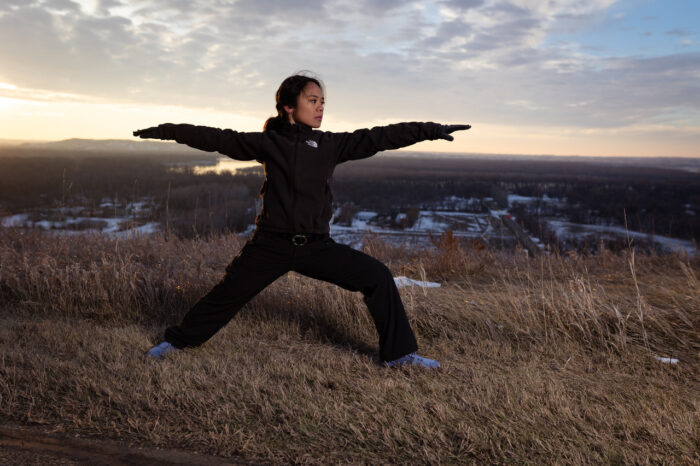
While I stand behind a woman’s ability to choose for herself, I would fail as a yoga teacher if I did not talk about what is common to all humans: the nervous system. A person’s nervous system is the command center for the body, working to send messages between your brain, spinal cord, and various parts of your body.
Nervous system regulation is the ability to manage and move between involuntary physiological responses to stressors, such as fight or flight. There is not one way for a nervous system to be: your nervous system regulation can vary throughout the day and certainly varies from person to person.
Having said that, it is certainly true that a dysregulated nervous system can trigger fear and anxiety that prevents an individual from believing she can participate. When the nervous system is regulated, we are more apt to enjoy connection and safely participate in physical and social activities.
Because nervous system regulation is generally regarded as involuntary, we cannot discuss safe spaces without talking about what creates safety: the reduction of threats, both perceived and imminent. Both perceived and imminent threats are known to trigger a person into fight or flight mode, and minimizing perceived threats is necessary for women to continue pursuing their passions and exploring new interests.
Let’s Talk Misconceptions
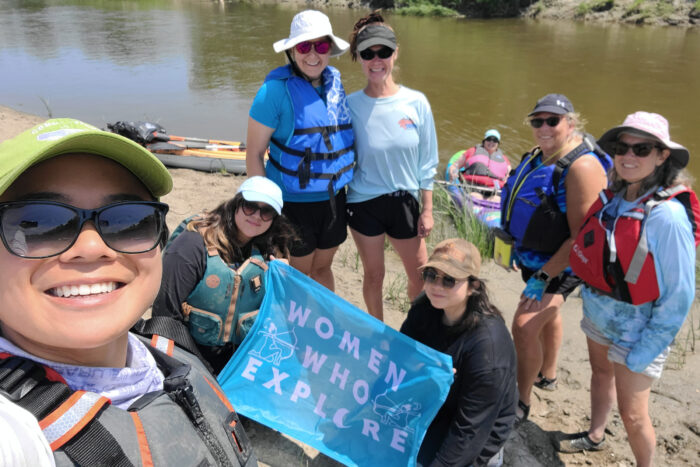
Women are interested in the outdoors, despite one misconception that women are not outdoors because they are not interested. This misconception (sort of) makes sense when you consider the underrepresentation and lack of visibility of women in the outdoors industry.
However, men and women alike have professional and domestic duties in America, and as outdoors enthusiasts, we have the privilege of choosing how we spend our time.
Unlike men, women are regularly conditioned to watch out for men because time and experience reveal that reporting harassment and seeking accountability are typically fruitless pursuits. Instead, we speak behind closed doors of the person/s whose unwarranted behavior turned us away from a sport or club.
We don’t speak out about how the male associate at the sporting goods store belittled us for asking about clothing and gear that fit our bodies. Women are interested, and anything a man can do, a woman can do while bleeding.
A Quick Note on Allyship
On behalf of women who are keenly aware of the threats from men in the outdoors, we are not seeking your sympathy but rather your action and allyship. How can you start?
For one, allow women to be themselves and perform their athletic skills on their own terms. Inclusion works when you authentically want to see a person do well, not because you want to recruit more folks to your sport.
Also, offer help when asked, since we all know unsolicited beta isn’t cool. Also, for the sake of all that is good in nature, keep your comments about a woman’s body to yourself. (We tried hard to find clothes that fit us, and I already know my butt looks good.)
Advocate for communities that are for women and by women. Women-only communities ideally are spaces where women can let their guard down and trust they are protected from perceived threats of assault from men. If you are in a women-only space, listen in a nonjudgmental manner when your peer voices their concerns, and if you are open to it, ask how you can help. Not a woman or not interested in women-only groups? You can still be inclusive and prioritize safety!
Know that nonjudgmental listening goes a long way in raising awareness of the issues women face. It’s hard to speak up about personal issues, and your allyship won’t go unseen. Allyship can go further if you see a man mistreating a woman and interrupt it. If you think witnessing harassment is not about you, know that the harm you tolerate in your sport speaks directly to what you and that community represents.
Where Do We Go From Here?
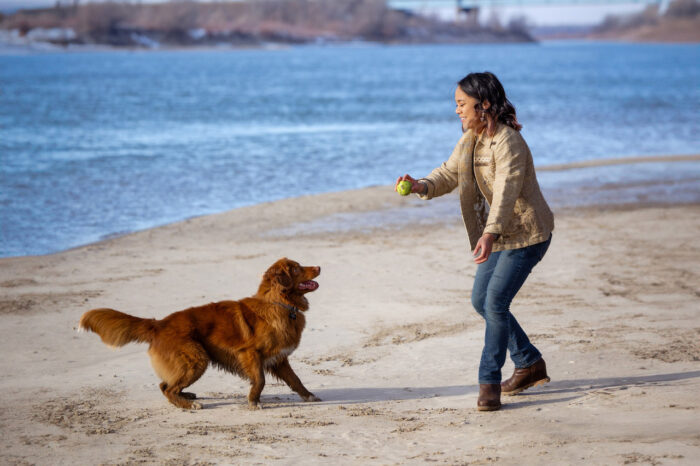
To advance our collective goals of conserving natural resources while adventuring in the outdoors, communities can also learn to collaborate, not compete, with one another in a way that prioritizes safety. We mean physical safety, environmental safety, and perceived safety — we should have an overall consideration for each person who recreates, whether a visitor, local adventurer, or professional athlete.
Through my experiences as a community organizer, it is unfortunate to see a group have a great mission, yet have leadership be out of touch with those they seek to serve.
Be kind, stand up for your peers, and leave your judgment at home. Do you see women represented? If not, why not?
It’s not always because we don’t have the skills, access, gear, or interest. It’s also the barrier that we run into if we are looking for guidance, a new outdoor partner, gear recommendations, or a feeling of community. A feeling of safety. We knew this long before this year’s Strava report: women are yearning to be out there in sport, in the backcountry, but they just don’t feel safe.
If we want to increase the number of diverse and inclusive experiences in the outdoors, it is time to rethink what we consider “risks” women face in the outdoors. Doing that, and hopefully improving on the statistics, will help women like me be able to let our guard down … and focus on all the adventures ahead.
